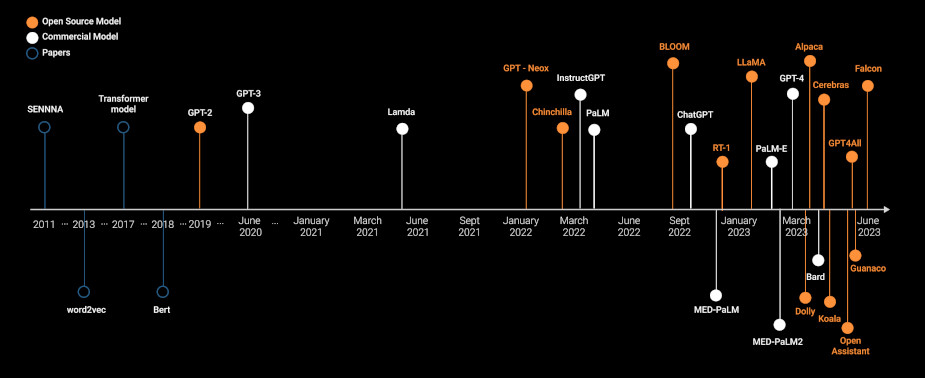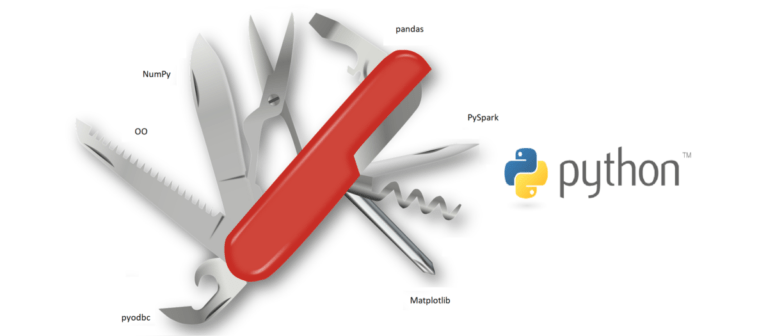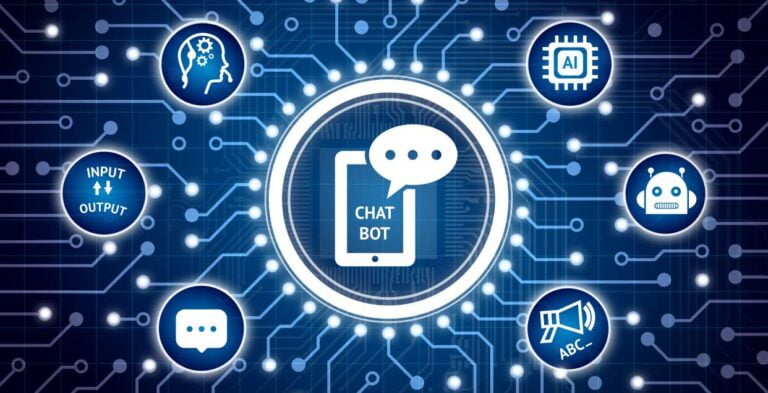Custom LLMs the Wave of Personalized AI
Artificial intelligence (AI) systems called large language models (LLMs) can process and produce text. They are trained on enormous text and code datasets and are useful for a wide range of applications, producing text in a variety of artistic forms. Although Custom LLMs are still in the early stages of development, they have the power to completely transform a variety of fields. While these tool to help expand the human experience are in infancy stages, they’re already being used to help boost productivity and creativity. AI is already breaking in to spaces at home and work, such as; poetry, code, scripts, music, emails, letters, etc.
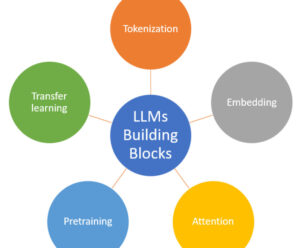
How do LLMs function
Natural language processing (NLP) is a deep learning method that is used to train LLMs. NLP is an area of AI that examines how computers and human language interact. Researchers first gather a sizable dataset of text and code in order to train an LLM. Books, papers, code repositories, and other sorts of content may be included in this collection. The LLM is then trained using the backpropagation method on this dataset. A machine learning approach called backpropagation enables the LLM to learn from its errors. LLMs could be used for a variety of purposes, including:
- Customer support: LLMs can be used to build chatbots that can assist customers and respond to their inquiries.
- Education: Students’ learning experiences can be tailored with the help of LLMs.
- New forms of entertainment: Interactive storytelling and games, can be developed with LLMs.
- Healthcare: LLMs can be utilized to create novel medical therapies and enhance disease diagnosis.
- Scientific Research: Assisting researchers in identifying patterns in data and generating fresh hypotheses.
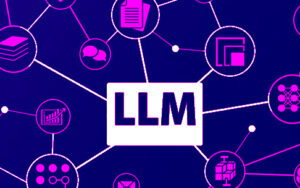
The LLM can be trained to produce text, translate between languages, respond to inquiries, and carry many other duties. Companies like HumanFirstAI are utilizing these models to build decks with AI Workflows.
The Challenges and Future of LLMs
LLMs also provide various difficulties, such as; Bias, Misinformation and Security. LLMs are susceptible to bias, which is reflected in the data that they are trained on. Also, they can contain Misinformation, leading LLMs to produce phony data. Security with LLMs could be used to create new forms of cyberattacks. Custom LLMs are still being developed, but they have the power to completely transform a variety of fields and facets of our lives. It is important to be aware of these challenges when developing and using LLMs. It is important to be aware of these difficulties when creating and applying LLMs. Having adaptive software that can provide you with functions is key, programs like VS Code and JupyterLab, bring a new way of utilizing interactive computing across all programming languages, to maximized productivity.
Where to get Custom LLMs
With the expanding terrain of LLMs a fast repository and helpful community is critical. HuggingFace has taken the lead in this space and built a place for the future of LLMs. If you are looking for models, datasets or a space with applications and a community of developers to get you up and going, it is a good place to start.

